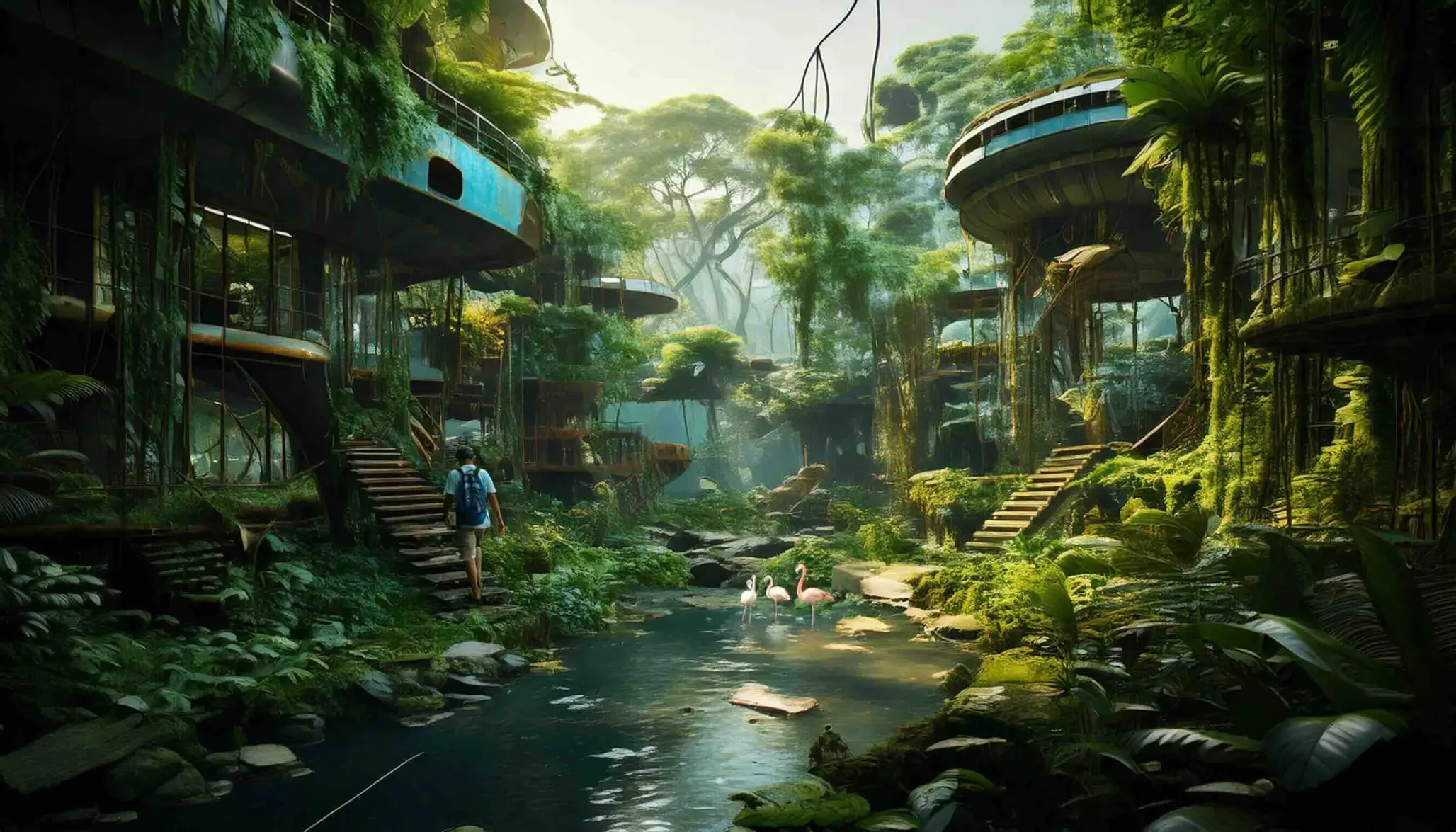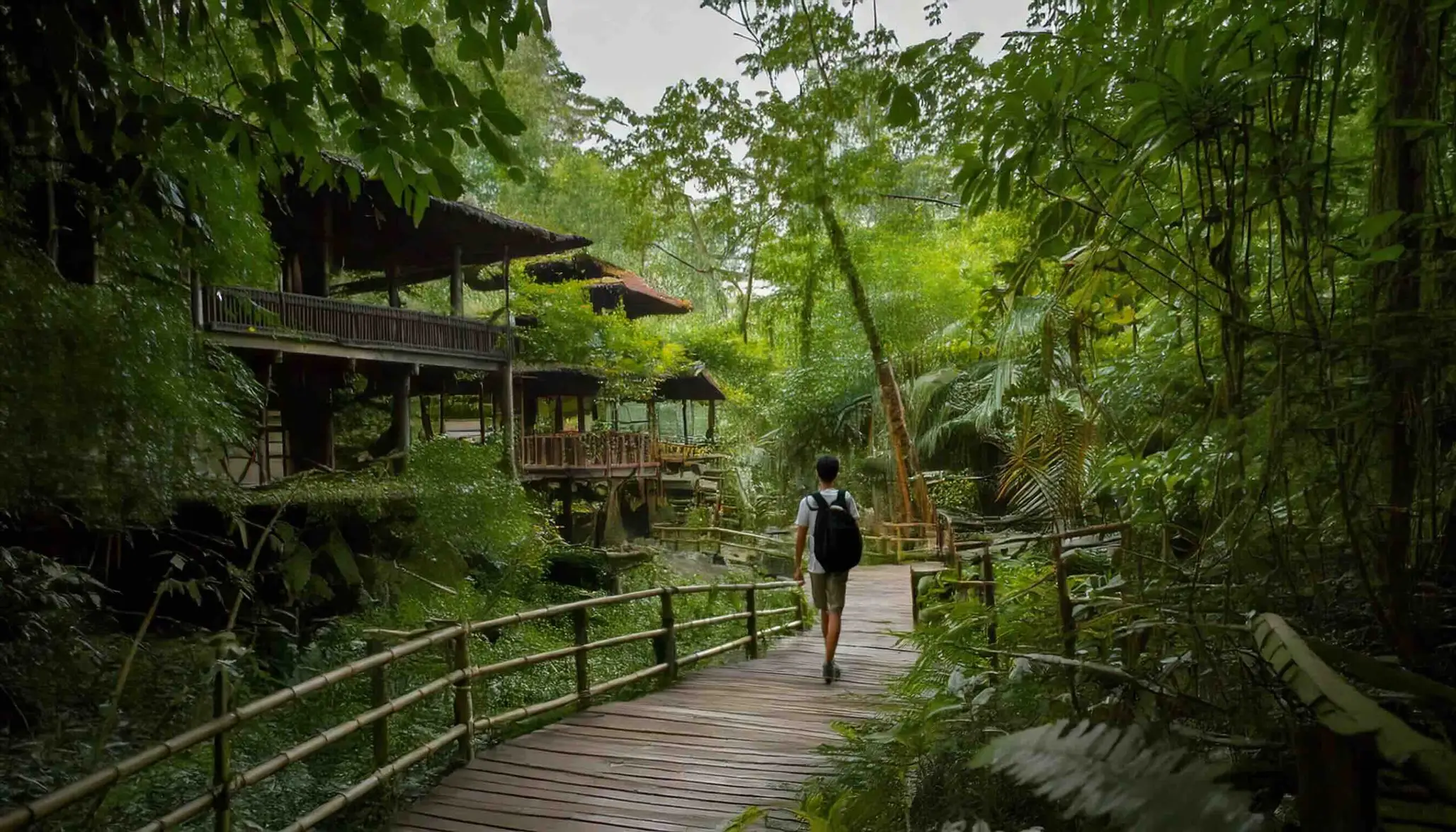Modern Zoo Design: Balancing Immersive Visitor Experiences with Animal Welfare
Modern zoo design is redefining how institutions deliver a compelling visitor experience while safeguarding animal welfare. When habitats are grounded in science and policies clearly frame visitor-animal interaction, designers create immersive spaces that inspire empathy without compromise. The goal is a resilient, educational, and ethical model where modern zoo design elevates conservation, learning, and delight. All of these together.

Table of Contents
What Modern Zoo Design Means Today: Principles that Unite Visitor Experience and Animal Welfare
Modern zoo design has shifted from display-first “menageries” to welfare-led, conservation-centered campuses. The ambition is to maximize visitor experience while meeting non-negotiable animal welfare baselines. That balance comes from species-appropriate habitats, robust enrichment, clear sightlines and storytelling, universal accessibility, and ethical visitor-animal interaction policies that prioritize animals’ choice and control.
Design pillars at a glance
- Species-first habitat briefs (substrate, microclimate, complexity, verticality).
- Choice & control (multiple zones, retreat options, variable routines).
- Immersive storytelling that serves welfare (sightlines without pressure).
- Inclusive design for all visitors (mobility, sensory, and cognitive accessibility).
- Clear interaction boundaries backed by staff training and biosecurity.
Quick metric idea: Track “species-typical behavior minutes per hour” alongside visitor dwell time near the same habitat to ensure immersion doesn’t suppress natural behaviors.
Designing for Animal Welfare: Habitats, Enrichment, and Stress Reduction
Animal welfare starts with physical and psychological needs. Habitats should offer thermal gradients, mixed terrain, climbing or digging opportunities, water features where appropriate, and layered vegetation for cover. Privacy is essential: off-view holding, visual barriers, and retreat zones allow animals to self-select exposure.
Enrichment should be varied and unpredictable: scent trails, puzzle feeders, foraging scatter patterns, browse rotations, and cognitive tasks aligned with species ecology. Operationally, minimize stress via quiet zones, acoustic treatments, non-reflective viewing glass, and lighting regimes that respect circadian rhythms. Positive reinforcement training for voluntary husbandry increases agency and reduces invasive interventions.
Crafting Immersive Visitor Experience Without Compromise
Immersion is more than theming. It’s coherent story worlds built from multi-sensory cues, planting palettes, soundscapes, materiality, and scale, designed so guests feel “in habitat” while animals retain privacy and control. Map the visitor journey: anticipation at approach, reveal moments at bends, dwell anchors (shade, seating, interpretive media), and intuitive wayfinding for all abilities.
Use interpretives that amplify, not overshadow, animals: keeper talks, tactile models, quiet-mode audio guides, and AR overlays designed for viewing distances that avoid crowding. Accessibility is core to visitor experience: generous viewing heights, step-free routes, sensory-friendly spaces, and clear line-of-sight for mobility devices.
Discover what shapes the future of experience.
Visitor – Animal Interaction: Boundaries, Ethics, and Educational Impact
Not all interactions are equal. Prioritize passive proximity (viewing windows, underwater tunnels) and mediated encounters (keeper talks, training demos) that protect animal welfare. If participatory programs exist (e.g., controlled feedings), they must be infrequent, opt-in for animals, staff-supervised, and backed by risk assessments and biosecurity. Digital engagement – live cams, AR animal trails – can deliver high impact without proximity pressure.
Frame visitor – animal interaction as an educational tool that builds empathy and pro-conservation behavior, never as spectacle. Communicate clearly: signage that explains animal choice, rest periods, and why “no interaction now” can be a welfare win.
Policy checklist: Hand hygiene stations, physical barriers with appropriate setback, retreat options within sightlines, strict capacity/time limits, “off-duty” schedules for interaction animals.
The Balancing Act: Design Trade-offs and Decision Frameworks
Every immersive choice carries a welfare implication. If immersion increases noise, add acoustic absorption, vegetative buffers, and layout meanders that diffuse pressure. For visibility vs. privacy, use layered planting, elevation changes, and peek-through vistas that offer exciting reveals without continuous exposure. Where crowding is likely, apply timed entries or occupancy monitoring to protect animal welfare and maintain a positive visitor experience.
Create a simple decision matrix for trade-offs: define welfare criteria (privacy, control, stress signals), visitor criteria (accessibility, clarity, narrative), and operational criteria (staffing, cleaning, safety). Score concepts, test in pilot, iterate.
Sustainability and Technology that Support Welfare and Experience
Sustainability safeguards life-support systems and enhances visitor experience. Use water recirculation in aquatic habitats, passive cooling/heating, green roofs, and renewable backups for critical systems. Environmental sensors (temperature, humidity, light, sound) feed dashboards that trigger adjustments to enrichment schedules or guest access when thresholds are crossed. Guest-facing tech should be welfare-sensitive: quiet-mode devices, push notifications for less-crowded windows, and AR content calibrated for distance.

Measuring Success: KPIs for Visitor Experience and Animal Welfare
Define success across both domains and review data together. On the animal welfare side: behavioral diversity, positive social interactions, cortisol (where appropriate and ethical), veterinary incidents, and participation in voluntary husbandry. On the visitor experience side: dwell time, path completion, knowledge gain, satisfaction, and intent to take conservation action.
Turn measurement into action. If knowledge gains are high but empathy scores are flat, adjust storytelling. If stereotypies rise during peak hours, change routing, add visual barriers, or introduce quiet times. Make insights visible through shared dashboards and quarterly reviews.
Implementation Playbook: From Concept to Operation
- Discovery: Species briefs, audience research, accessibility audits, and conservation goals.
- Concept: Habitat zoning, back-of-house adjacency, narrative arcs, and visitor-animal interaction policies.
- Schematic Design: Detailed habitat complexity, climate strategy, viewing geometry, life-support specs.
- Detailed Design: Materials, acoustics, lighting, interpretives, inclusive wayfinding, security.
- Commissioning: Soft-open with controlled capacities, observe behavior and crowd flow, tune accordingly.
- Operations: Staff training, enrichment calendars, emergency plans, and ongoing welfare audits.
FAQs
1. How does modern zoo design prioritize animal welfare?
By making species needs the first constraint – choice and control, privacy, complexity, and environmental stability – then layering visitor storytelling around that core.
2. Are interactions safe for animals and visitors?
Yes, when interactions are mediated, infrequent, supervised, and designed for animal choice, with strict hygiene, barriers, and retreat options.
3. What makes an exhibit immersive yet ethical?
Multi-sensory storytelling and compelling sightlines that never corner animals or remove their control; immersion should feel intimate to guests while invisible to animals.
4. How do you measure success?
Pair welfare indicators (behavioral diversity, voluntary husbandry) with visitor indicators (dwell time, learning, empathy). Use the data to iterate on design and operations.
Conclusion
Modern zoo design proves that immersive visitor experience and strong animal welfare can be mutually reinforcing. By engineering habitats for choice and control, telling conservation-forward stories, and setting clear visitor-animal interaction boundaries, zoos can inspire empathy and action without compromise.
Start with an audit of one exhibit, pilot one new enrichment and one interpretive tweak, and iterate from there. The balance is built, measured, and refined.
Have a project in mind?